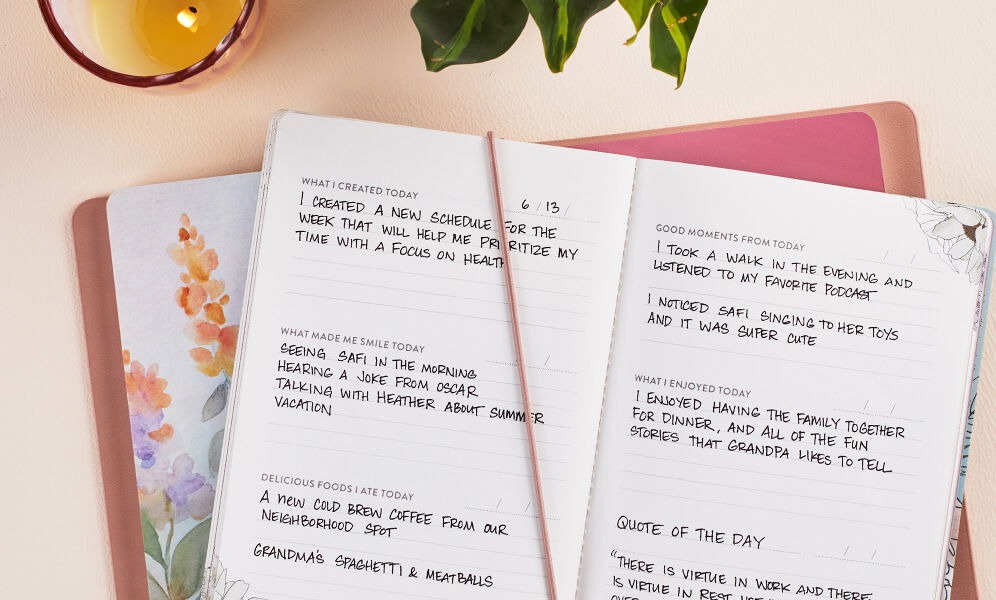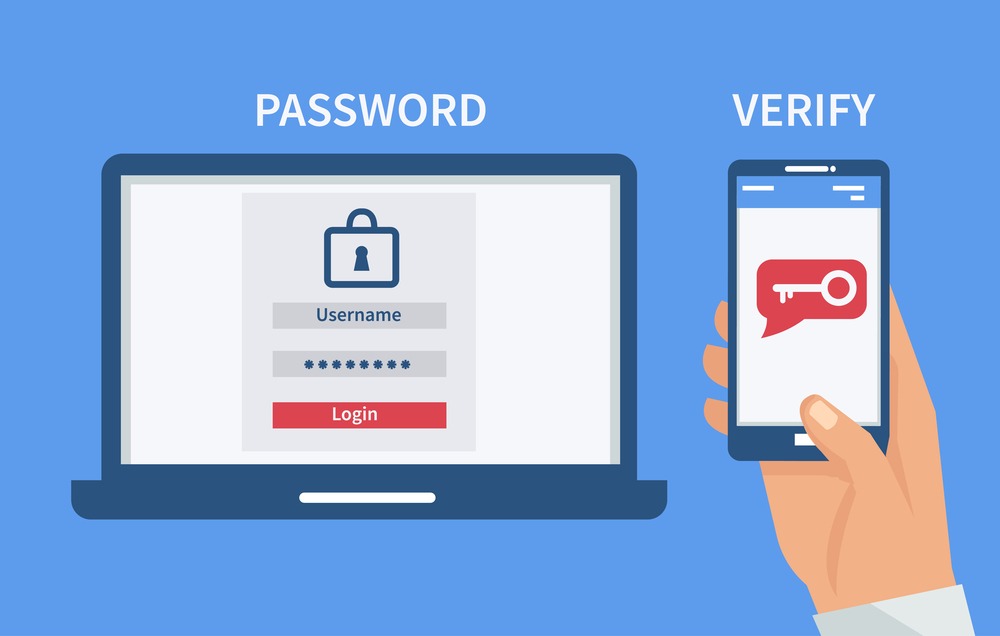Step 1: Know Your Numbers (Yes, All of Them)
You can’t build a map if you don’t know where you’re starting. Before you set any limits, gather the facts.
Start with your monthly income:
-
Include your take-home pay (after taxes).
-
Add any side income, freelance gigs, or regular support payments.
Then list all your expenses:
-
Fixed: Rent, subscriptions, car payment, insurance.
-
Variable: Groceries, gas, eating out, shopping, entertainment.
-
Occasional: Birthdays, holidays, car maintenance, vet bills.
Tip:
Look at your last 2–3 months of bank statements to spot hidden spending patterns or “surprise” expenses.
Step 2: Choose a Budgeting Method That Fits You
Not all budgets are built the same. The best one is the one that fits your personality and lifestyle.
Three popular options:
🟠 The 50/30/20 Rule
-
50% of income goes to needs (rent, bills, groceries)
-
30% to wants (dining out, travel, hobbies)
-
20% to savings and debt repayment
Great for: Beginners who want simplicity without micromanaging.
🟢 Zero-Based Budgeting
-
Every dollar has a job—your income minus expenses = zero
-
You allocate money to each category (rent, food, gas, etc.)
-
Adjust every month based on upcoming needs
Great for: People who like structure and want to squeeze the most out of every dollar.
🔵 Pay-Yourself-First Method
-
Prioritize savings and debt first, then live off the rest
-
Works well with automation (auto-transfer savings)
Great for: Those who struggle to save and want to build better habits passively.
Tip:
Try one method for a month or two. If it doesn’t click, tweak it or try another. Flexibility is key.
Step 3: Set Realistic (Not Idealistic) Spending Limits
One of the biggest mistakes? Budgeting for who you wish you were, not who you actually are.
Don’t assume:
-
You’ll suddenly stop ordering takeout.
-
You can live on $100/month for groceries.
-
You’ll cut out all social spending.
Instead:
-
Look at your actual habits and adjust gently.
-
Give yourself grace and room for life.
Example:
If you spend $300/month on restaurants now, don’t slash it to $50 overnight. Start with $200. Small, sustainable changes last longer.
Step 4: Make It Visual and Easy to Access
Your budget shouldn’t live in a dusty Excel file you never open. Make it visible and easy to update.
Options include:
-
Free apps like Mint, YNAB (You Need A Budget), or EveryDollar
-
Google Sheets or Excel templates
-
A budgeting journal or calendar
Tip:
Check in once a week. Set a calendar reminder or make it a Sunday ritual. Quick 10-minute reviews help you catch issues early.
Step 5: Automate What You Can
You’re more likely to stick to a budget when it runs in the background.
Automate:
-
Transfers to savings
-
Debt payments
-
Bills (like rent, utilities, subscriptions)
Why it works:
Automation removes willpower from the equation. It keeps your financial priorities on track without daily effort.
Step 6: Plan for Fun and Flexibility
A budget with zero room for joy is one you’ll quit—fast.
Make space for:
-
Small treats (yes, your latte matters)
-
Spontaneous plans with friends
-
Hobbies and mental health breaks
Tip:
Create a “fun money” category. Even $50 a month can give you permission to enjoy life without guilt.
Step 7: Expect Adjustments, Not Perfection
Life changes. Your budget should, too. Maybe gas prices spike. Maybe you get a raise. Or maybe you underestimated how often you crave sushi.
Give yourself permission to adjust.
A budget isn’t a static contract—it’s a living tool. Review it monthly, tweak as needed, and don’t beat yourself up for the occasional overage.
Bonus:
Keep a “Buffer” category for unexpected expenses or mini-emergencies. Think of it as your budget’s shock absorber.
Final Thoughts: A Budget That Sticks Is a Budget That Fits
Creating a budget isn’t about restriction—it’s about awareness, control, and freedom. When you build it around your real income, real spending habits, and real priorities, it becomes something you want to use—not something you feel forced into.








